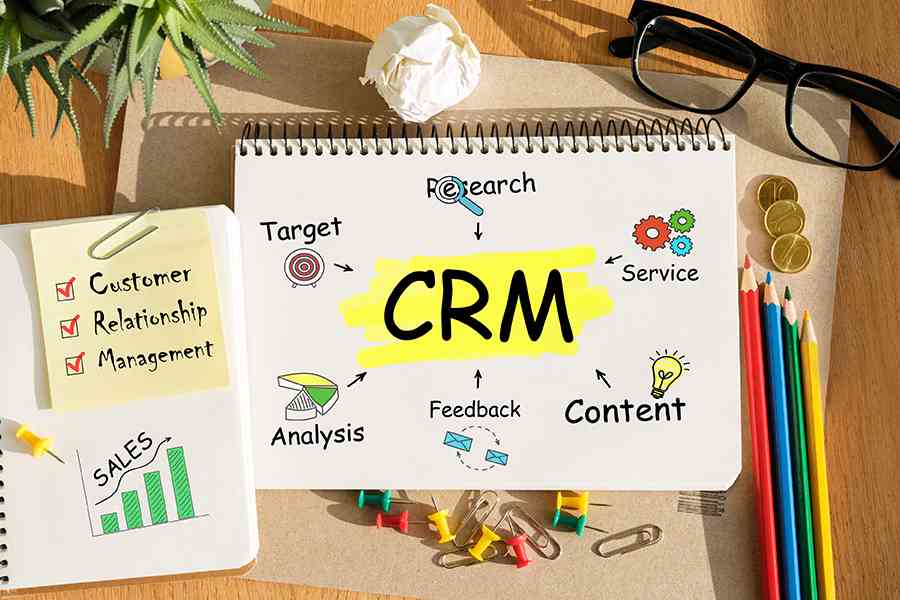Education & Credentials:
- HubSpot Academy HubSpot Reporting Course
Expertise:
- CRM
- Sales Management
- Customer Service
Highlights
- 12+ years in writing & research
- 2+ years in insurance sales
- 1+ years territory sales manager
Experience:
Bianca Caballero is a subject matter expert at Fit Small Business who covers Sales and Customer service topics. Prior to working at FSB, she was in field sales and territory management. When she launched her career as a writer, she worked with companies from the US, Australia, and China. At present, she uses her 12+ years of writing experience to provide FSB readers with the best answers to their questions.
Featured in:


Posts Written by Bianca
Discover more resources
for your business
Education & Credentials
- HubSpot Academy HubSpot Reporting Course



